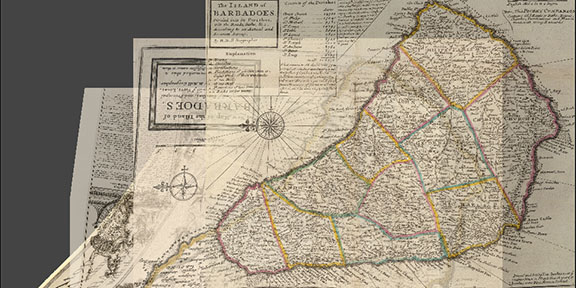IMAGE OF THE WEEK

Fall festivities fire pit shot by graduate student Xi Liu at the department’s annual gathering, held this year at House Taylor of Warriors Mark. More great photos and great memories from the event can be accessed here: https://drive.google.com/open?id=0ByjbUZU-en9UOUt3LS1vYUFrdjg
GOOD NEWS
- A group of students will join Penn State President Barron on his television program “Digging Deeper” to discuss inclusivity. The program will air at 11:30 a.m. and again at 6 p.m. on Sunday, Oct. 2, on WPSU-TV and at 8 p.m. on Thursday, Oct. 6, on WPSU-FM.
- Sheryl Kron Larson-Rhodes (’85) has accepted a full-time, tenure-track position as First Year Experience Librarian at SUNY Geneseo. She also serves as the library liaison to the Departments of Communication, Geography, and Languages and Literatures. Larson-Rhodes lives outside of Rochester, NY, with her husband and two cats.
- Jen Fluri (’01g, ’05g) is featured in the podcast, “Feminists on the Frontline”
NEWS
Coffee Hour on September 30 with Jared Oyler
Topoclimate data products: empirical modeling of climate variability at locally relevant spatiotemporal scales
High-resolution gridded climate products are essential for both the evaluation and downscaling of climate models, and as inputs to assessments of climate impacts on local hydrology, ecosystem processes, and biotic communities. However, there has been little formal analysis on the ability of these products to accurately capture temporal variability and trends in local climate.
- 3:30 to 5:00 p.m.
- Refreshments are offered in 319 Walker Building at 3:30 p.m.
- The lecture begins in 112 Walker Building at 4:00 p.m.
- Coffee Hour To Go Webcast
- Next week: Lucky Yapa “How development causes poverty: travel notes from Cuba, Haiti, South Africa, and Sri Lanka”
Reconnecting with Penn State’s past through virtual reality
There’s no question that Old Main stands as one of the most iconic landmarks at Penn State’s University Park campus. In fact, it can be difficult to even imagine the campus landscape without the building’s lofty bell tower and eight limestone columns.
But the recognizable look of today’s Old Main is far from the original structure, which was built in 1863, torn down in 1929 and rebuilt in 1931 as the landmark that stands today.
In an effort to more clearly visualize these previous iterations of campus, a cross-disciplinary group of researchers is using virtual reality and 3-D modeling technology as a time machine to travel back to the early days of Penn State.
Fall Affiliate Program Group meeting and networking event
We invite you to join us on Saturday, October 15, 2016 for the Department of Geography’s fall Affiliate Program Group (APG) meeting and networking event, which will take place in Walker Building on the University Park Campus.
The Geography Alumni APG is an officially recognized affiliate program group of the Penn State Alumni Association, chartered by GEMS—the Graduates of Earth and Mineral Sciences alumni society. The group acts as an advisory body to the department and a mechanism for connecting alumni with each other and with current students, faculty and staff. Our agenda for the day includes an APG meeting and working lunch, followed by career networking activities where alumni give advice on geography careers and coach students on job-seeking strategies. The day will conclude with an informal reception.
Because it is Parents and Families Weekend, there are many activities on campus you can enjoy as part of your visit. More details, including the schedule and the registration form, can be found on our department website: www.geog.psu.edu/news/events/geography-apg-meeting-and-career-networking-session
“DOG” OF THE WEEK

Who is this dog? who is his human?
Send your answer and/or a photo of your dog to geography@psu.edu for our mystery dog of the week!

 A digital comparison of historical maps of Barbados by Peter Koby
A digital comparison of historical maps of Barbados by Peter Koby A stunning view from the West Glacier Trail of the Mendenhall Glacier by Mike Nassry, taken during the CAUSE 2016 trip to Alaska.
A stunning view from the West Glacier Trail of the Mendenhall Glacier by Mike Nassry, taken during the CAUSE 2016 trip to Alaska.

 Last week’s animal companion was P-J. The horse is part of the Inwood family. There were no correct guesses about his identity.
Last week’s animal companion was P-J. The horse is part of the Inwood family. There were no correct guesses about his identity.